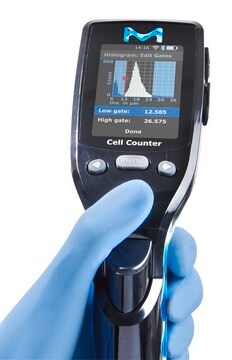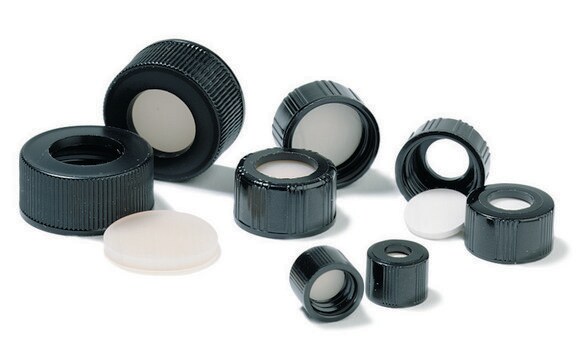CLLS1042
MCF10A CELLS CDH1 (-/-)
human female maMilliporeary glands (Source Disease: Fibrocystic Disease)
About This Item
Produits recommandés
product name
MCF10A CELLS CDH1 (-/-),
Source biologique
human female mammary glands (Source Disease: Fibrocystic Disease)
Numéro d'accès OMIM
Température de stockage
−196°C
Informations sur le gène
human ... CDH1(1105)
Description générale
Application
Caractéristiques et avantages
Qualité
Clause de non-responsabilité
Composants de kit seuls
- MCF10A CELLS CDH1 (-/-) 1 vial
Code de la classe de stockage
10 - Combustible liquids
Classe de danger pour l'eau (WGK)
WGK 3
Point d'éclair (°F)
Not applicable
Point d'éclair (°C)
Not applicable
Certificats d'analyse (COA)
Recherchez un Certificats d'analyse (COA) en saisissant le numéro de lot du produit. Les numéros de lot figurent sur l'étiquette du produit après les mots "Lot" ou "Batch".
Déjà en possession de ce produit ?
Retrouvez la documentation relative aux produits que vous avez récemment achetés dans la Bibliothèque de documents.
Contenu apparenté
We have applied our revolutionary CompoZr Zinc Finger Nuclease technology to create an unparalleled range of genetically modified mammalian cell lines for use in areas, such as target validation, drug discovery and drug development.
Notre équipe de scientifiques dispose d'une expérience dans tous les secteurs de la recherche, notamment en sciences de la vie, science des matériaux, synthèse chimique, chromatographie, analyse et dans de nombreux autres domaines..
Contacter notre Service technique








